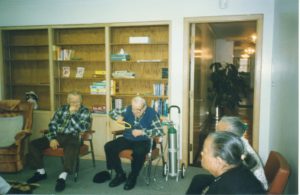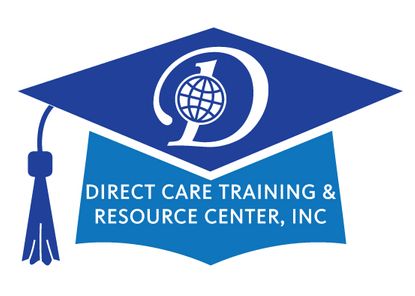
How fortunate that in many states residential care is Medicaid reimbursed. These same qualifying residents may also participate in an adult day services program and have that reimbursed as well. Generally, there are limits, i.e. 2 to 3 days per week of participation. So where is the challenge?
A home may prepare and arrange for ten, (10) residents to come, but on any given day only five, (5) or six, (6) agree to attend, regardless of the benefit. Perhaps they are skeptical about regular visits to a new location, some are pretty sedentary and simply do not want to break their routine. What can an adult day care program do to simulate the others; yes yank at their curiosity? Well start on the inside….
Engage the Activity Program Consistently for Those Who Are Attending
It is best not to allow people to sit for hours at a time. Ensure there is an activity schedule with no activity lasting more than 20-30 minutes that engages each program participant. This should involve a level of music, a combination of utilizing the television – perhaps for exercise -and art with water based paint. The last thing you want is for the new participants to go back to the assisted living home and complain of not being engaged. This can destroy the reputation of the center and the relationship with the home.
 Another example of unique engagement: Notice the photo from my adult day care in 1995. Raymond is tossing a circle that is to go over another part of the game to see how good his aim is. While Frank, Rosa and Lula are not participating, note how attentive they are. So even those not engaged in the actual activity, benefit from watching others.
Another example of unique engagement: Notice the photo from my adult day care in 1995. Raymond is tossing a circle that is to go over another part of the game to see how good his aim is. While Frank, Rosa and Lula are not participating, note how attentive they are. So even those not engaged in the actual activity, benefit from watching others.
That being said how do you engage those not attending? One way to do this is to take regular photos, build a catalog of the experiences of others in the home while in the adult day health program. Remember they are all connected by virtue of their shared residence.
Distribute this catalog with photos of those participating in the program. Let every resident have a color copy along with the owners of the assisted living home. Do the same with short videos you can download to a CD. Before long, their curiosity will get the best of them and you heighten the likelihood that all residents of that assisted living home will be coming to your program.
Of course, you need to ensure the required releases are signed before you risk a HIPAA violation or make usage of someone’s photo without their authorization.
Be creative and engage every possible program participant. In the process watch your program grow.
_______________________________________________________________________________________________
 For more on our commitment to the success of community based care providers, join the LinkedIn.com Groups:
For more on our commitment to the success of community based care providers, join the LinkedIn.com Groups:
Adult Day Care Innovation & Growth
Nursing Home Administrator Innovation
Small Scale Assisted Living Success Strategies
Our other homes on the web:
www.directcaretraining.com
Contact the Blogger: info@directcaretraining.com

